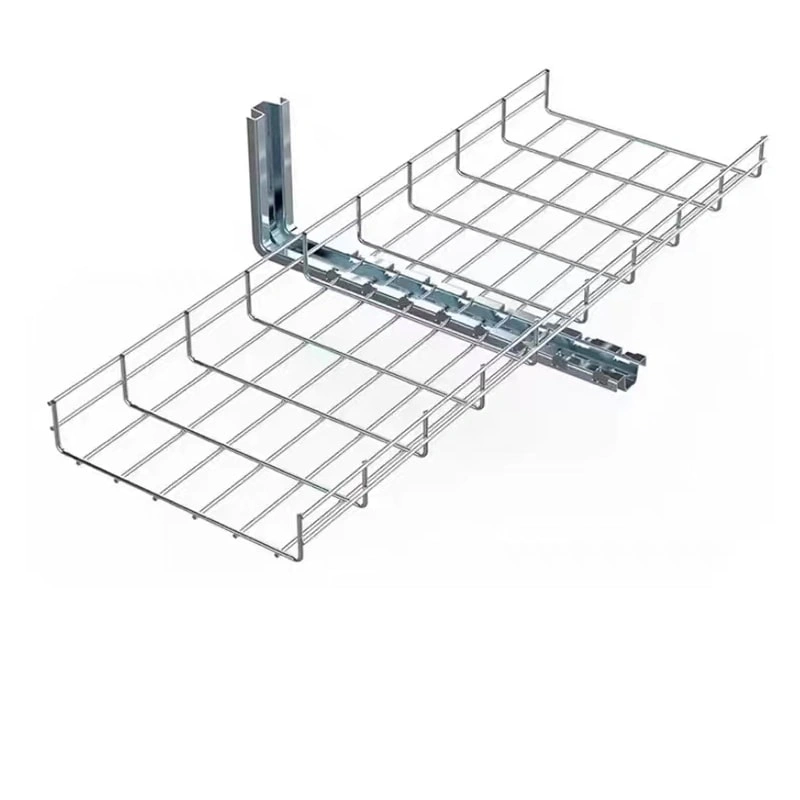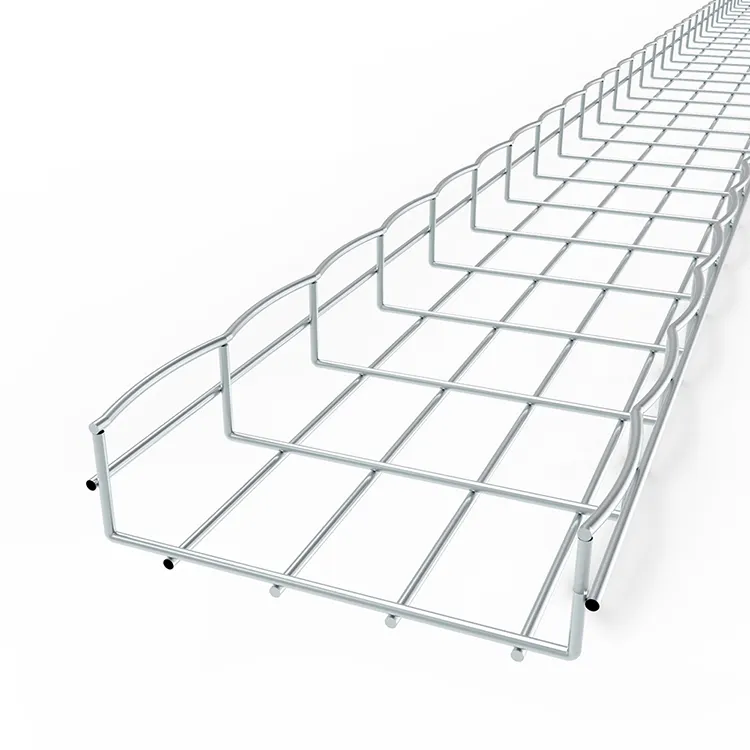Cable trays are an essential component of modern electrical installations, providing an organized and efficient means for routing and supporting large numbers of cables in industrial, commercial, and residential settings. They are designed to facilitate easy installation, maintenance, and modification while ensuring safety and adherence to electrical codes. The types of cables that can be installed in cable trays vary widely, depending on the tray’s design, environmental conditions, NEC (National Electrical Code) guidelines, and other regulatory standards. This article serves as a comprehensive guide to understanding which cables are allowed in cable trays and the considerations to keep in mind when making these decisions.

Types of Cables Commonly Installed in Cable Trays
1. Power Cables: Power cables, including single-core and multi-core cables with voltage ratings from low voltage up to extra high voltage, are commonly placed in cable trays. These include armored or unarmored, PVC-insulated, XLPE-insulated, and rubber-sheathed power cables. It’s crucial to ensure the cables’ current-carrying capacity and insulation properties are suitable for the environment and usage.
2. Control Cables: Control cables are used for signal transmission and control systems. They typically have smaller conductors and may come shielded or unshielded to prevent electromagnetic interference. Examples include instrumentation cables, thermostat cables, and PLC (Programmable Logic Controller) cables.
3. Data & Communication Cables: Network cables such as Cat5e, Cat6, Cat6a, and fiber optic cables can also be routed through cable trays. These cables often require separation from power cables to minimize noise and interference.
4. Fire-Resistant Cables: For applications where fire safety is paramount, fire-resistant cables like MI (Mineral Insulated) cables or LSZH (Low Smoke Zero Halogen) cables are installed in cable trays.
5. Flexible Cables: Flexible cables, including flexible cords and portable supply cords, can be used in certain circumstances, but they’re generally not recommended for permanent installations within cable trays due to their vulnerability to mechanical damage.

Considerations for Cable Tray Usage
1. Cable Tray Design: Cable trays can be open ladder type, solid bottom, or wire mesh. The choice of cable type should consider the protection the tray offers against environmental factors such as dust, moisture, and UV exposure.
2. Cable Load Capacity: Ensure the combined weight of all cables does not exceed the tray’s load-bearing capacity. Overloading can cause deformation or collapse of the tray, posing safety hazards.
3. Spacing and Separation: According to NEC guidelines, different types of cables need to be separated to prevent overheating and interference. For instance, power cables should be segregated from communication cables, and high-voltage cables from low-voltage ones.
4. Cable Routing and Support: Cables should be arranged neatly and supported properly within the tray to prevent stress, sagging, or chafing. Adequate bending radiuses must be maintained for all cables.
5. Environmental Factors: The cables used must be rated for the environment they will be in. For example, outdoor cable trays require cables that are UV resistant and suitable for extreme temperatures.
6. Regulatory Compliance: Always adhere to local electrical codes and standards set by organizations like NFPA, OSHA, or IEC. Certain cables might be prohibited or required based on specific regulations.
7. Flammability and Fire Rating: In many installations, especially those involving hazardous locations or public spaces, cables must meet specific flammability and smoke emission standards to be permitted in cable trays.
In summary, the suitability of a cable for use in a cable tray depends on multiple factors, ranging from its construction and intended function to environmental conditions and regulatory requirements. Always consult the manufacturer’s recommendations, applicable building codes, and professional engineering advice to ensure the safe and effective use of cables in any cable tray system.

